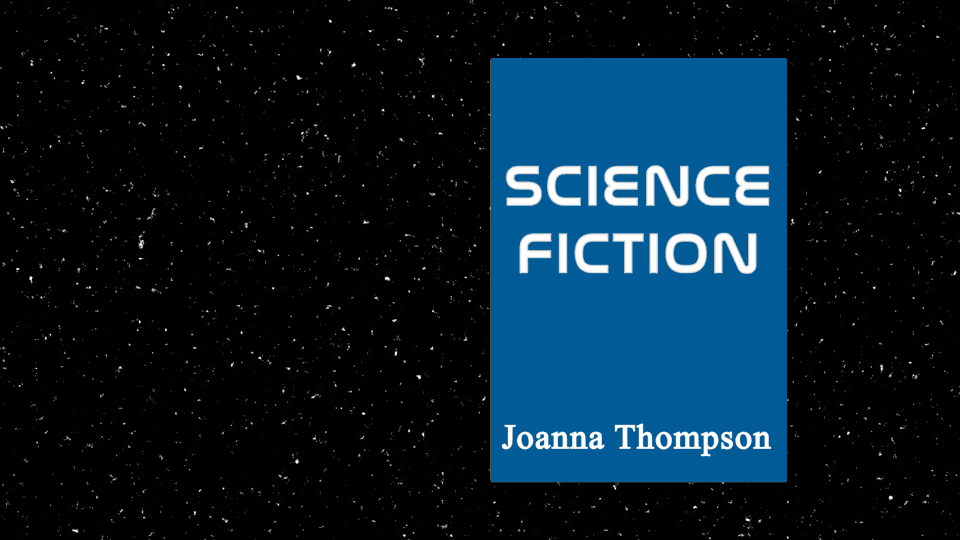Novel Science: Electric Lady Land
Sexual dimorphism gets a shocking twist
Joanna Thompson • December 7, 2020

Science fiction, brought to reality. [Credit: Niko McCarty | CC BY-NC-ND 2.0]
Greetings! Welcome to Novel Science, a new blog that explores the real-world inspirations behind your favorite sci-fi concepts. I’m Joanna, and I’ll be your guide on this journey. This week we’re kicking things off with one of my favorite novels of the last five years.
Naomi Alderman’s 2016 novel The Power imagines a future in which the patriarchy is burned to a crisp by an army of lightning-wielding women (spoilers: yes, it’s as good as it sounds). In addition to providing scathing social commentary, the novel’s main conceit bears similarity to the real-world phenomenon of sexual dimorphism — species that show physical variation between male and female.
So how accurately does the book depict this concept? Let’s take a closer look.
The Fiction:
In the world of The Power, women wake up one morning to discover that they’ve developed the ability to channel electricity through their hands, Pikachu-style. This dubious gift comes seemingly out of nowhere and totally inverts the current gender dynamic. Shenanigans ensue.
Alderman hand-waves away the actual mechanics of this change by including several short, in-fiction newspaper clippings. Each one presents different, sometimes contradictory theory for the electric ladies, creating within the reader an impression of *shrug emoji*.
She also largely sidesteps the issue of chromosomal sex vs. gender. The book occupies a fairly binary space, though Alderman does include one male-presenting character who can channel electricity. This character could be read as trans, intersex or possessing an atypical arrangement of chromosomes.
The Science:
In the real world, we see many cases of sexual dimorphism. Mallard ducks are one easy-to-spot example. Female ducks have brown speckled plumage with an understated purple or blue accent at the wing. Males, on the other hand, sport an ostentatious green cap and white collar.
But for our purposes, a more apt example might be the ever-weird duck-billed platypus. Male and female platypuses look pretty similar (males tend to be slightly larger, but that’s about all). However, like the human women in The Power, they have a secret weapon. Each hind foot has a sharp, venomous spur which the platypus uses to stab rivals like a murder stiletto.
The Verdict:
Many species, including humans, show some degree of sexual dimorphism. While the science behind this phenomenon is solid, it’s usually the product of millions of years of evolution based on mate selection. It seems unlikely that humans would spontaneously develop a sexually dimorphic superpower. Although, in a post-CRISPR world, you never know.